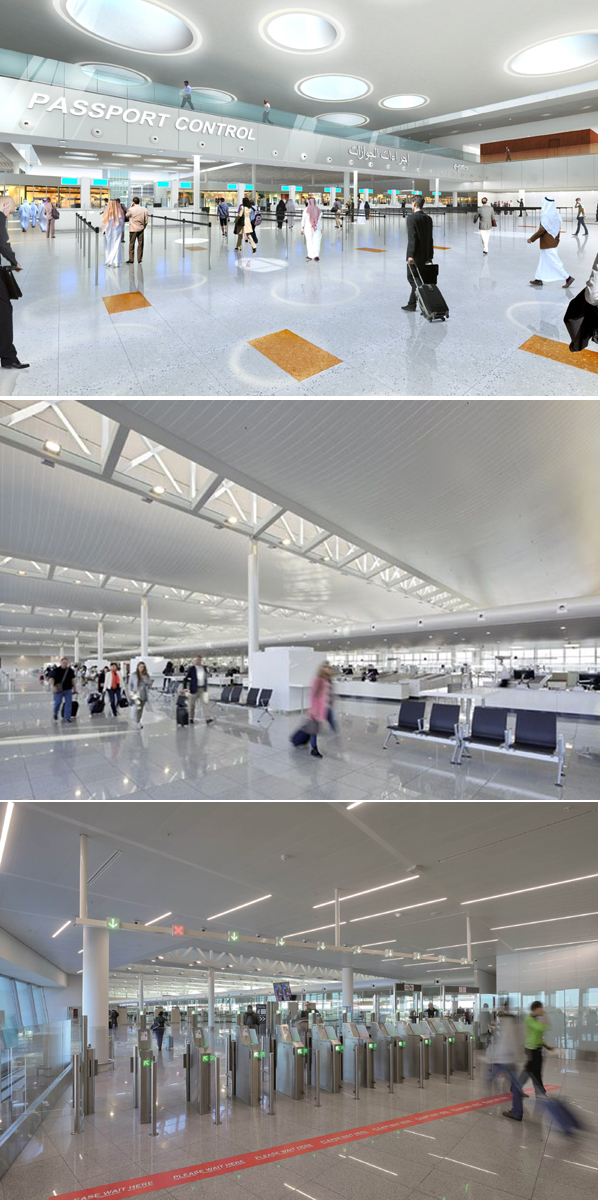
GCC to pump $100bn into airport construction projects
ABU DHABI, June 23, 2016
With the International Air Transport Association projecting Middle East passengers to grow by 4.9 per cent per year to 2034, the GCC is fuelling $100 billion in airport expansion and construction projects in Bahrain, Saudi Arabia, Kuwait, Oman, Qatar, and UAE, according to industry experts.
Comfortable airport terminals will be key for growing the number of passengers in the GCC, stated Hunter Douglas, the international airport consultancy based in The Netherlands.
Hunter Douglas has advised many of the world’s leading airports, including Brussels Airport in Belgium, Dusseldorf Airport and Frankfurt Airport in Germany, Gdansk Lech Walesa Airport and Wroclaw Airport in Poland, Madeira Airport in Spain, and Manchester Airport Terminal 1 in the UK.
Dubai International Airport is the world’s busiest international airport, and Al Maktoum International Airport is set to have one of the world’s largest capacities at 160 million annual passengers.
Abu Dhabi International Airport is set to reach 40 million passengers by 2017 with the new Midfield Terminal.
"As Middle East airports expand, aesthetic and acoustic considerations are vital for growing passenger numbers, and providing a high-quality traveller experience, whether waiting, dining, or shopping," remarked Mohamed Nawarah, the country manager (Saudi Arabia) at Hunter Douglas.
"Good acoustics are essential for a serene airport atmosphere, such as by reducing loudspeaker sound, and perforated ceilings to minimise the noise of people talking or walking," stated Nawarah.
According to him, the company's main focus is on minimising environmental impact and waste flows is a vital part of the development, production, distribution, servicing and reuse of each product.
At Brussels Airport, it has made use of Connector, an above-ground building connecting Piers A and B, which replaced a dark route through stairs, escalators, and elevators.
The Connector allows departing passengers to walk straight from the check-in desk to their gate, and arriving passengers to easily walk to the baggage reclaim hall and exit. Connector also hosts Europe’s largest screening platform with 25 lanes.
"Connector’s curved, customised Hunter Douglas 300C series ceiling, which is perforated and has an acoustic membrane, meets aesthetic and acoustic requirements by absorbing the sounds of airplanes and the granite floor,' explained Nawarah.
While people inside the transparent building can see the planes, they do not hear them, he stated.
The detachable ceiling also conceals the lighting and sprinkler systems for easy maintenance work.
Erwin Persoons, an architect at the international agency CTHM, said: "The shell-like roof structure naturally raises the ceiling little by little, so that the passengers can get used to the open space without being overwhelmed by it."
"The curved shape of the ceiling does make it really difficult to realise good acoustics, though sounds are reflected in all kinds of different directions. This is why the sound-absorbing capacity of the material is extra important," he added.-TradeArabia News Service







